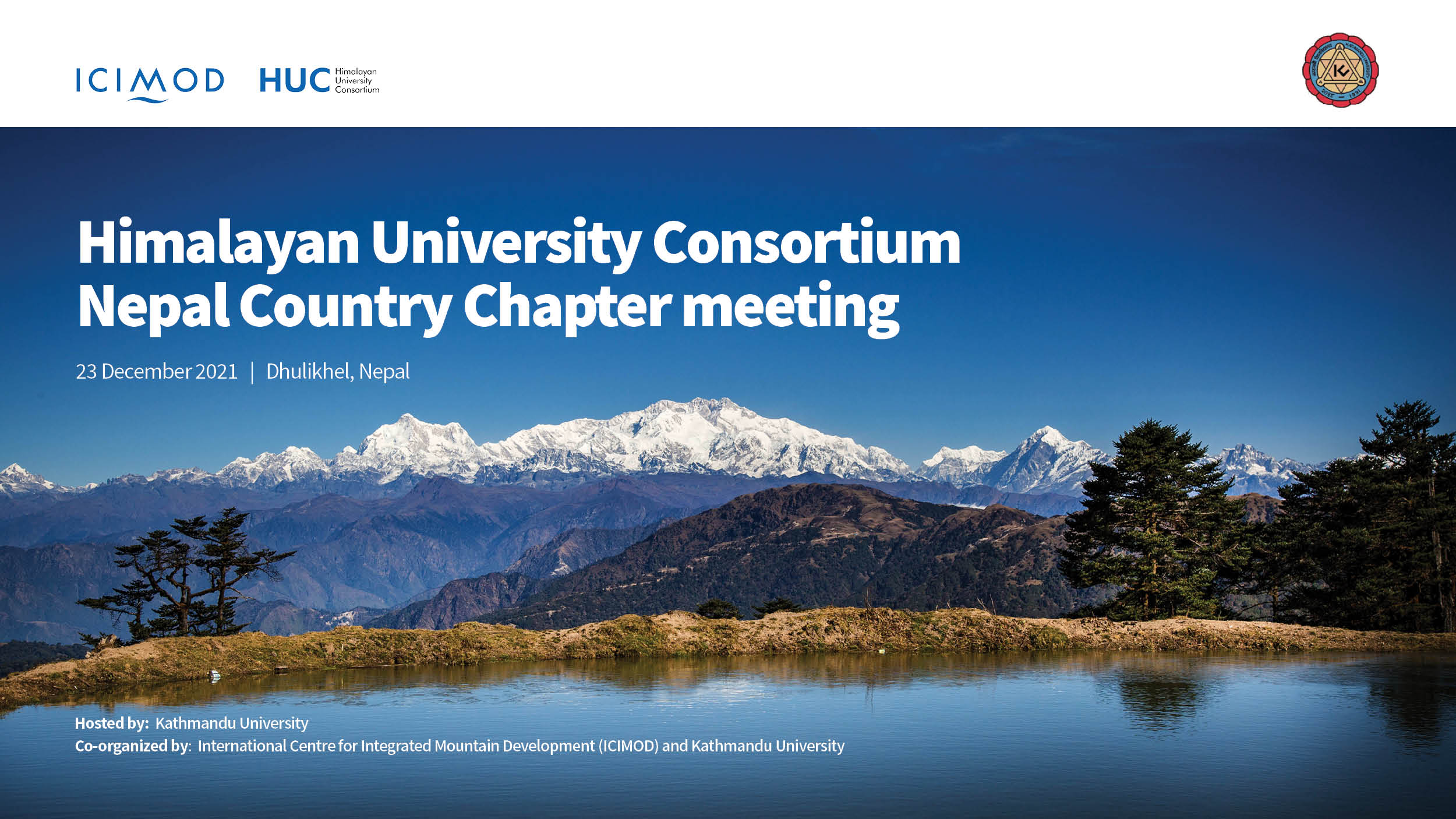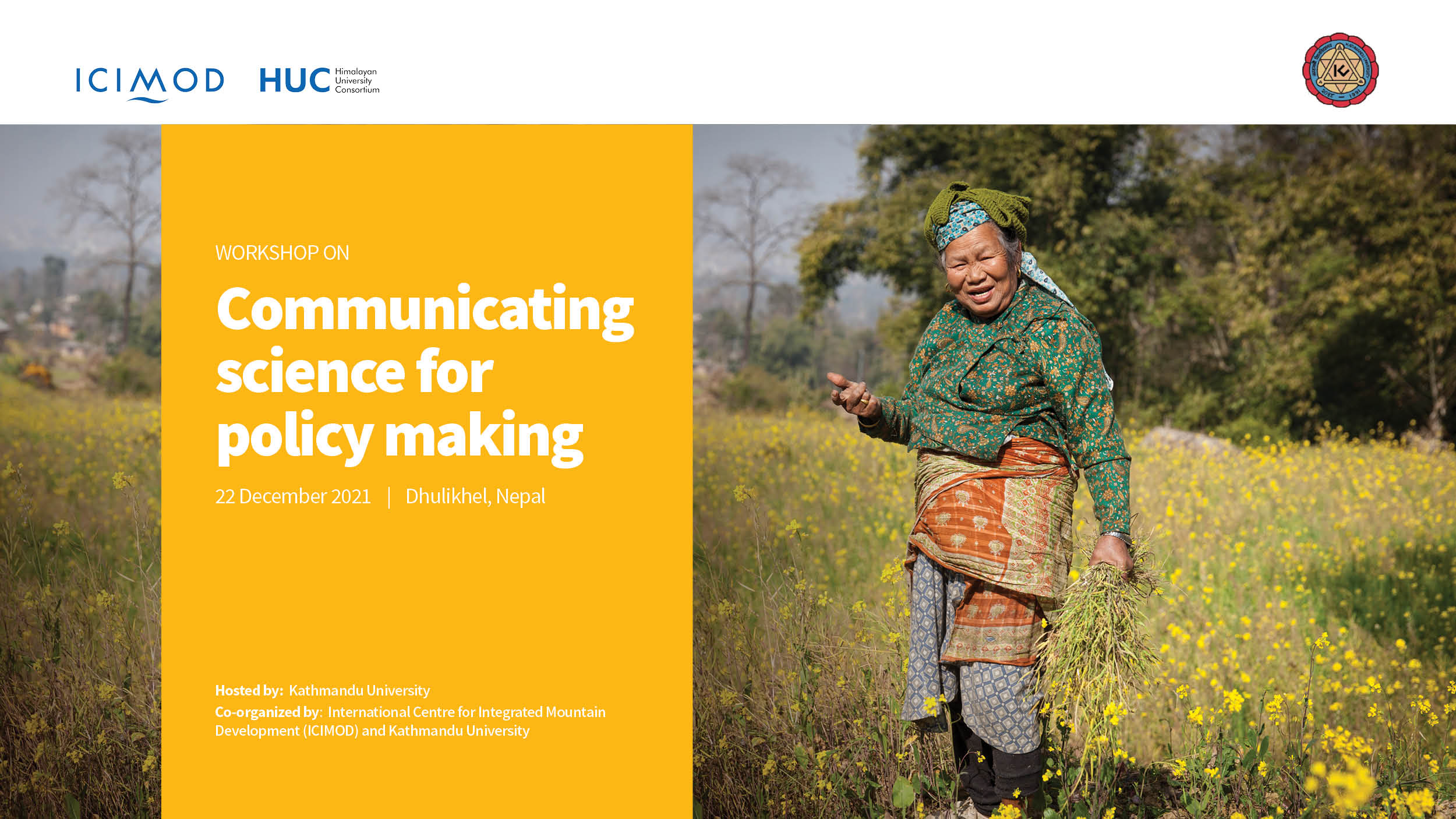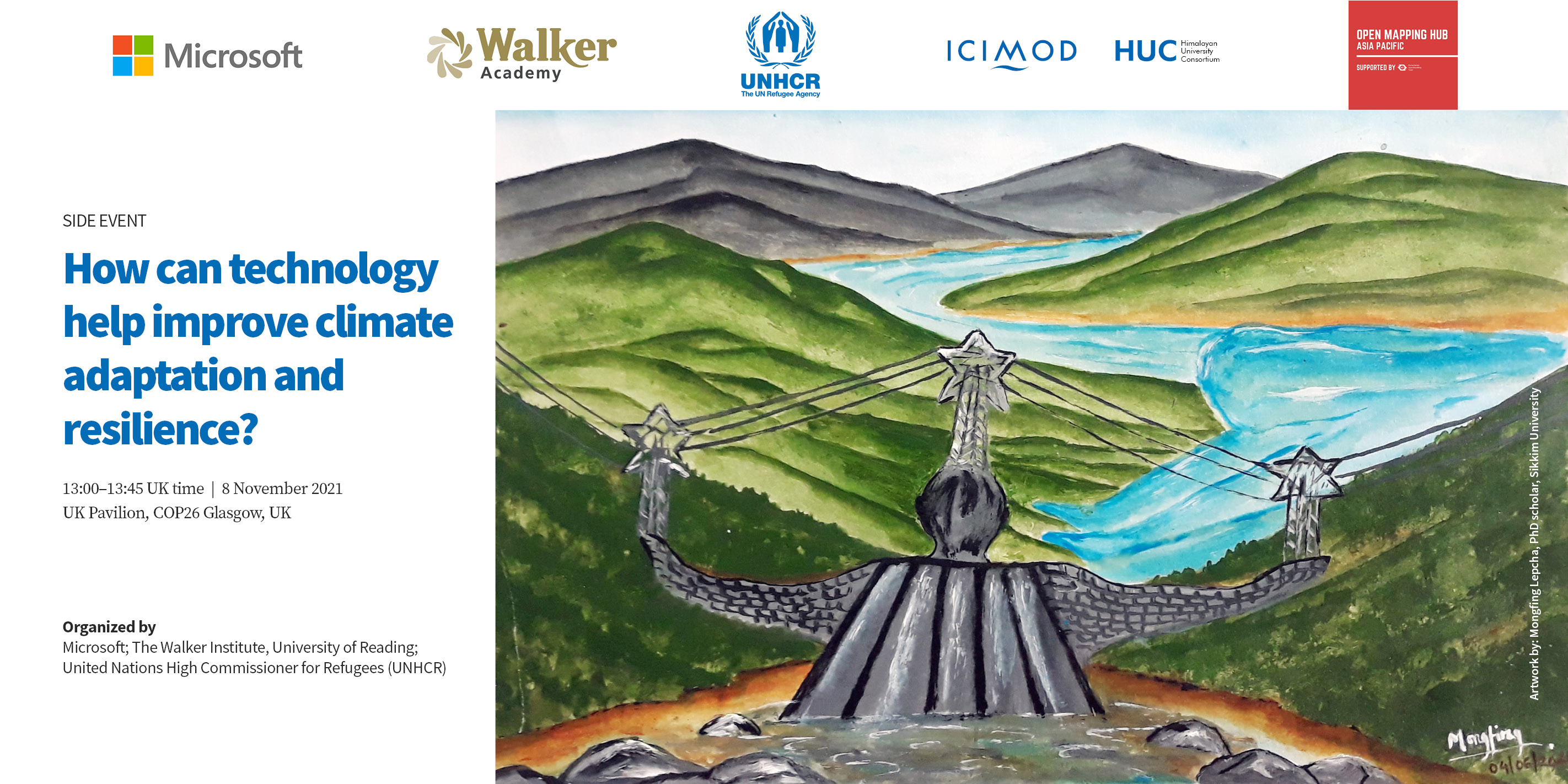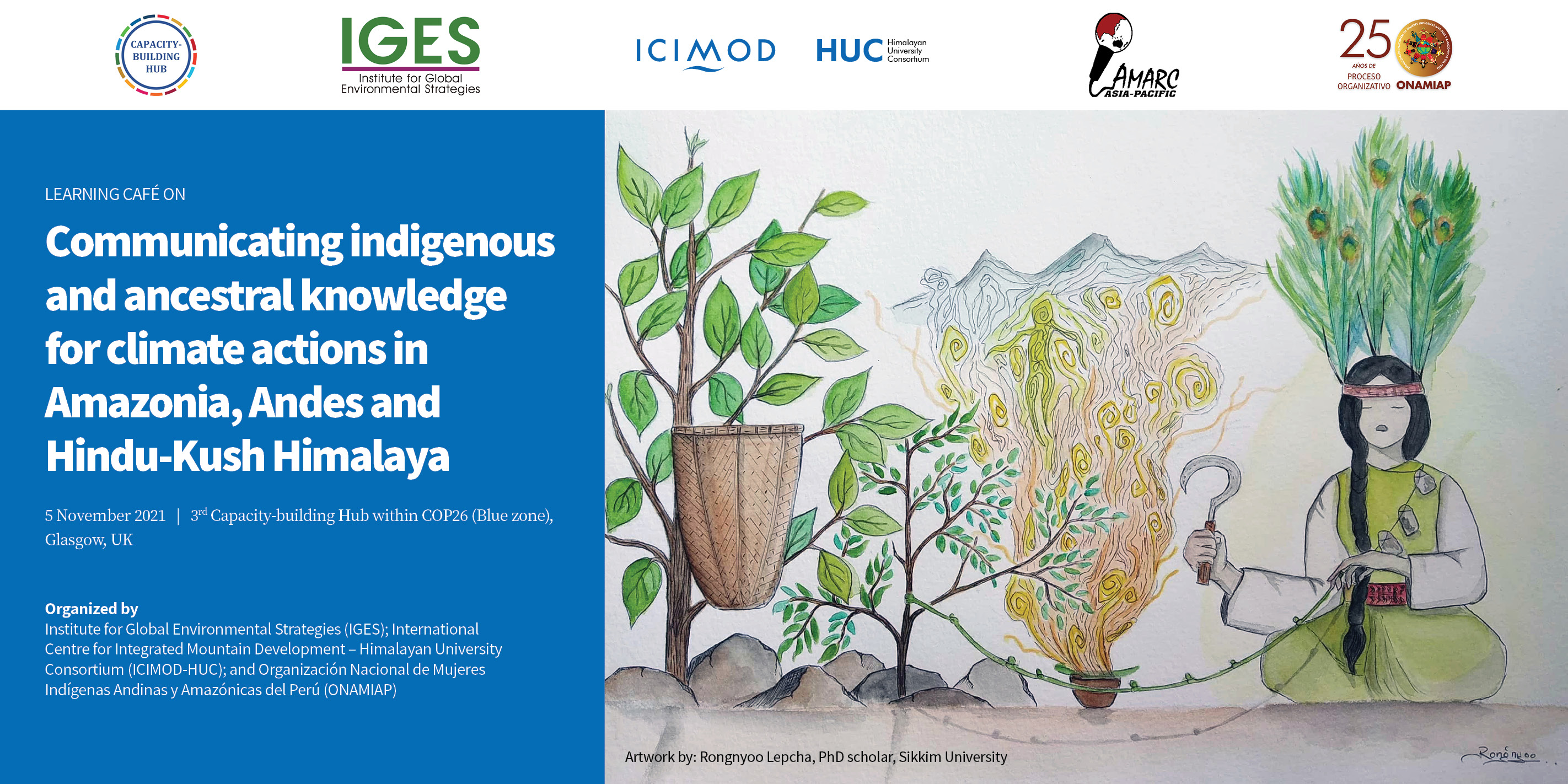About the training
The Himalayan Universities Consortium (HUC) and University of Bristol are pleased to announce a series of interactive teleconference training sessions on the use of flow modelling for hazard assessment in mountain environments. This training is a part of HUC’s Thematic Working Group on Cryosphere and Society. The training will take place over four online sessions. The first one-hour ‘taster’ session will introduce the participants to common surface flow hazards including glacial lake outburst floods, debris flows, lahars (volcanic mudflows) and flash floods, and principles of modelling for hazard assessment. The next three sessions (2 hours each) will include: an introduction to the mathematical description of flow in shallow layers; the parameterisation of sediment flow processes into mathematical models; and interactive instructions on the use of LaharFlow, a freely available hazard modelling framework, including setting up simulations and post-processing results.
Key dates
8 June 2021(13:45-14:45 NST): One hour ‘taster’ session, open to public.
21–23 June 2021: Three 2-hour sessions for those who completed the ‘taster’ session. Limited seats are available.
Expected participants
The training is targeted towards those working in operational assessment of flow hazards or are conducting related academic research. A background in quantitative physical science to a degree level is required, along with a stable internet connection. Some experience with GIS (ideally QGIS) is helpful for the post-processing model output. Women and members of under-represented communities are strongly encouraged to take part. Interested participants are required to fill the form here.
About LaharFlow
LaharFlow is a modelling framework for hazard assessment that can be applied to shallow erosive surface flows of water and sediment, including glacial lake outburst floods, debris flows, lahars (volcanic mudflows), flash floods and wet landslides. LaharFlow solves the shallow layer equations including inertial terms (essential for energetic flows on steep topography) and incorporates processes of substrate erosion and particle deposition that are strong controls on the dynamics of energetic natural sediment flows. The LaharFlow webtools have in-built global 30 m SRTM topography, where experienced users can upload their own higher resolution topographic mapping.
Keynote speakers
Jeremy C Phillips
Reader in Physical Volcanology, School of Earth Sciences, University of Bristol
Jeremy C Phillips is a physical volcanologist with a physical science background in fluid dynamics and volcanic processes, including fundamental processes of explosive volcanic eruptions, and multiphase environmental flows. His broad interests include environmental hazards, risk, and resilience. Phillips’ main career focus has been the prediction of volcanic hazards and their impacts. He now works across disciplines to integrate hazard assessment with social and physical vulnerability, risk management structures and com-munity engagement, with social scientists, engineers, mathematicians, and statisticians. Phillips is currently involved in multidisciplinary projects on hazard assessment. These projects include the development of freely available hazard assessment tools for volcanic plumes and lahar hazard, and in-country workshops with communities and stakeholders.
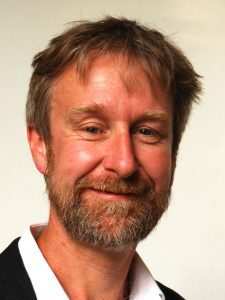
Mark Woodhouse
Applied Mathematician and NERC Knowledge Exchange Fellow, School of Earth Sciences, University of Bristol
Mark Woodhouse is an applied mathematician. His current research involves the development and application of models of natural hazards, including surface mass flows of flu-id and granular materials. He is the main developer of the LaharFlow model and webtool.




